
MEET THE
DESTINY UV-C
PURE AIR CONTROL SYSTEM
MEET THE
DESTINY UV-C
PURE AIR CONTROL SYSTEM
The world’s first ventilation duct sterilization system using UV-C and patented Control PLC Interface.

1
Its technology is the world’s first ventilation duct sterilization system using UVC and patented Control PLC system.
2
The System is intended for both new installs and retrofit applications in any building environment.
3
A cost-effective method of protecting customers, staff, and employees from airborne viruses and organic pollutants.
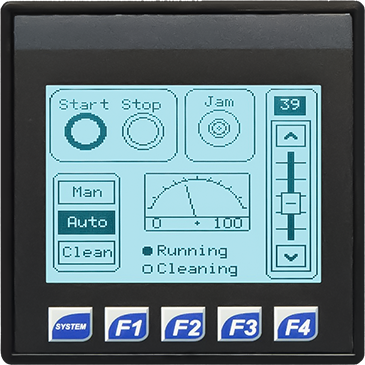
- Featuring an interface that works with every Building Automation System available today.
- The System is revolutionary, validating all control points and monitoring the functionality of the UV-C light as it targets and sterilizes the air stream.
- Multiple sensors are used multiple functions including the reduction of outside air.
- A reduced need for outside air equals a savings of money on energy and filters.
- The sterilization rate is up to 99.9%, with no chemical residues, and no waste generation.
- Plug and play, the components are easy to use and efficient.
- Low operating cost and low maintenance.
- Comes with ETL certified components.
- Fireproof material means no secondary risk.
- Automated power cutoff switch ensures the system is safe to maintain. Easy to test and use.
- Limited 2-year warranty.
- We provide ODM & OEM services to meet your customized requirements.
- Kills COVID, Ebola, RSV, Norovirus and many other airborne diseases.


The PLC (Programmable Logic Controller) connects with a series of sensors mounted inside the HVAC unit plenum such as
CO2
UV-C
Temperature
Humidity
Airflow
YOU ARE DESTINED TO BREATHE CLEAN AIR, TRY DESTINY PURE AIR SYSTEM
DESTINY PURE AIR SYSTEM IS PERFECT FOR:
Hotels & Resorts
Offices & Factories
Schools & Colleges
Hospitals & Clinics
Malls & Groceries
Salons & Spas
Bars & Restaurants
Gyms & Yoga Studios
UV-C systems provide three levels of benefits when applied to HVAC systems.
LEVEL 1
System Benefits
UV-C eliminates and/or prevents the buildup of organic material on the surfaces of cooling coils, drain pans, and interior duct surfaces.
Reduced organic materials naturally improve airflow.
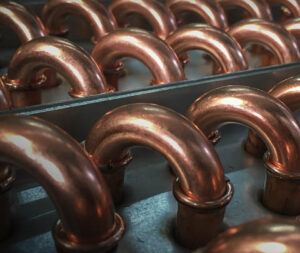
This improved performance maintains the heat-transfer levels of cooling coils to “as-built” capacity. And that change reduces the need and costs for HVAC system maintenance.
LEVEL 2
Vastly Improves IAQ
UV-C improves airflow levels and eliminates organic material on surfaces. This reduction in pathogens and particulates immediately improves indoor air quality (IAQ).
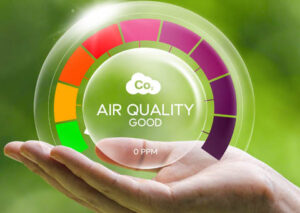
Healthier spaces reduce absenteeism. The act of reducing pathogens and particulates naturally eliminate odors. All of these are a result of using the Destiny UV-C Systems. You’ll find your space and the people in it more comfortable and more productive.
LEVEL 3
Positive Economic Impact
The impact that UV-C has on mechanical systems and occupants translates into substantial economic benefits, including reductions in energy consumption, energy cost, and carbon footprint; reductions in hot/cold complaints and maintenance actions associated with complaints; reductions in system downtime and staff time needed for chemical or mechanical cleaning; and increases in occupant satisfaction and productivity. On average, the Destiny UV-C Pure Air Control System consistently meets and exceeds ASHREA standards for quality, safety, and reliability.
We maintain a high-efficiency level in disinfecting the air properly. This is where our proprietary PLC incorporating sensors, plays a major role in validating and monitoring in real time.
The easy & effective way to purify your building’s air.
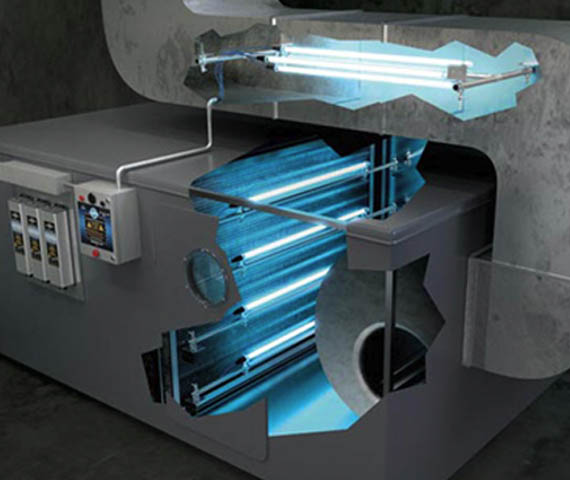
How It Works
The Destiny UV-C Pure Air Control SystemTM uses UV-C light to sterilize the passing air. Light from our UV-C unit breaks down organic matter rendering bacteria, mold, and airborne diseases inert. This process is proven to be effective against COVID, Ebola, Legionnaires and more. Because our products are enclosed within the air handling system, they operate safely within your home or office. Our unique control system is designed to work with all HVAC systems and make it easy to add to any existing system.
The Destiny UV-C Pure Air Control System treats and filters continuously. This effectively eliminates harmful pathogens and particulates in the air.
With your indoor air now clean, it will lower your need to bring in outside air. That means your HVAC system will not have to work as hard, reducing your energy and filter costs.
The Destiny UV-C system sterilizes and filters the airflow to eliminate bacteria and viruses. The disinfected air circulates back to the living space of your home or office. This continuous action reduces the threat of infection to people and pets.
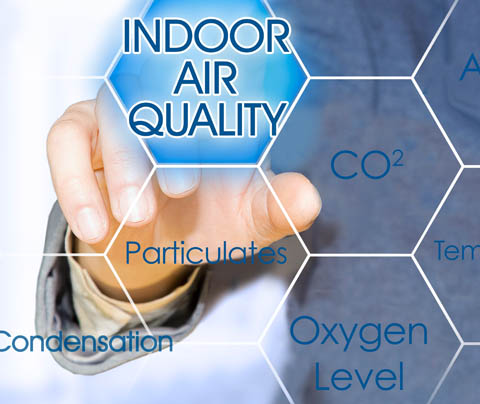
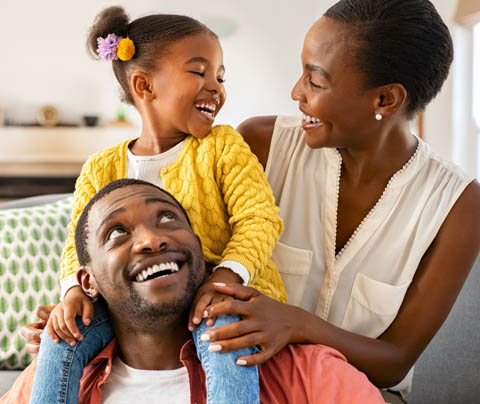
Benefits of Our UV-C System
- Prevent airborne transmission by disinfecting the air.
- Improve Indoor Air Quality (IAQ).
- Help with maintenance of the unit including Cooling Coils.
- Safe and very effective.
- Simple installation, for new and existing systems.
- Cost savings via reduced energy use & maintenance.
- Each bulb is enclosed in its own custom fixture, for ease of use and safety.
There is an automatic reminder when the UV-C bulbs need to be replaced, which is easy to replace.
The air sterilizer is suitable for hospitals, hotels, resorts, schools, offices, stores, supermarkets, and all public spaces.
The Destiny UV-C Pure Air Control System makes life safer and healthier for customers and employees.
UV-C Lifecycle
To receive these benefits, engineers need to apply simple methods of sizing, selection, and specifying a UV-C system during installation design. Contractors must correctly install the UV-C system, and facility staff must change the lamps annually and possibly perform other routine services. These activities can be grouped into the lifecycle phases of system design, installation, activation/commissioning, and operations and maintenance.
This covers the lifecycle phase of system design, which includes sizing/selection of lamps, selecting the installation configuration and equipment and controls.
Benefits of Our UV-C System
For a complete design solution, engineers need to determine:
- Prevent airborne transmission by disinfecting the air.
- Improve Indoor Air Quality (IAQ).
- Help with maintenance of the unit including Cooling Coils.
- Safe and very effective.
- Simple installation, for new and existing systems.
- Cost savings via reduced energy use & maintenance.
- Each bulb is enclosed in its own custom fixture, for ease of use and safety.
In its 2011 ASHRAE Handbook, Applications, Chapter 60.8, ASHRAE Technical Committee, TC2.9, established minimum irradiation levels of 50-100 µW/cm2 (microwatts per square centimeter) for cooling coil applications. This requirement must be met as a “minimum” across the entire coil surface, including plenum ends and corners.
These engineering units, however, are unfamiliar to most practitioners. In lighting applications, sizing will generally resolve to lamp Watts. One accurate way to convert microwatts to lamp Watts is to use a form-factor translation consisting of a 1 sq meter surface with a 1-meter-long lamp located midway up the surface on a horizontal plane. The average lamp Watts and output of lamp manufacturers’ published data show that a 1 meter, high-output (HO) lamp is rated at 80 lamp Watts with an output of 245 µW/cm2, at 1-meter distance (i.e., lamp surface to coil surface). UV-C lamps are usually installed at 12 in. from the coil surface, so the irradiance needs to be interpolated for that distance. Using the industry-accepted “cylindrical view factor model,” the resulting irradiance is 1375 µW/cm2.
While this number seems to be more than enough to meet the 100 µW/cm2 recommended by ASHRAE, all operating conditions must first be taken into account. Some conditions effectively lessen or “de-rate” the performance of the lamps, such as air temperature and velocity. In fact, changes in these variables can positively affect design performance. In typical conditions of 500 fpm velocity and 55 F air temperature, lamps are de-rated by about 50%. Hence, the 1375 µW/cm2 generated from a conventional high-output 80 lamp Watt bulb would now yield a dose irradiance of closer to 688 µW/cm2—at 12 in. from the coil surface (Figure 1).
The next consideration factor is the distance of the UV-C lamp to the plenum corners. The Kowalski view factor on the 1-meter example (Figure 1) shows this to be 25% of the highest mean value. Following through our earlier example, 688 µW/cm2 is multiplied by 0.25, which results in 172 µW/cm2 at the farthest points, or corners of the plenum.
The good news? UV-C dosage is increased based on reflectivity from the plenum’s surface, or the amount of UV-C energy bouncing off of the top, bottom, and sides of a plenum toward the coil and elsewhere. Reflectivity sends UV energy everywhere to assure “all” surfaces are clean and disinfected. Different materials have different reflectance multipliers, as shown in Table 1. Using a galvanized steel plenum as an example, the multiplier is 1.50 (a 50% increase in UV-C energy); hence 172 µW/cm2 x 1.50 = 258 µW/cm2.
Even without considering reflectivity, the ASHRAE minimum UV-C dosage levels would be achieved at the farthest distance from the lamp to the coil. So, should less light be used? Because more light positively affects airborne microbial kill levels and because there is no significant cost savings for trying to use fewer or less-intense UV-C lamps, the 80-Watt HO lamps are highly recommended.
By working through the 1-meter example, the results can be used for future UV-C lamp installations as follows. The lamp was a 1-meter-long, 80-Watt HO lamp, irradiating a 1-sq-meter surface, or 10.76 sq. ft. If the lamp wattage is divided by the square footage of the surface, it becomes (80/10.76) = 7.43 Watts/sq ft of coil surface area. This simpler method exceeds ASHRAE’s recommendations of 100 µW/cm2 at the farthest point, under typical operating conditions when the lamp is located 12 in. from the coil surface!
After determining how much light is needed, engineers need to select the types of lamps that will provide the necessary light energy. Among the considerations are single-ended (Figure 2) and double-ended lamps (Figure 3). Double-ended lamps are used in specific length configurations and may confine the design in certain air handling units (AHUs). Single-ended lamps provide a lot of flexibility relative to a given plenum’s width because they can be overlapped (Figure 4). Single-ended lamp fixtures can also be used in hard-to-access plenums and smaller rooftop units, as they are installed and serviced from outside the plenum (Figure 5).
Another consideration is whether to use PTFE encapsulation for safety. Encapsulated lamps trap the glass and mercury within a protective envelope should the lamp be broken. In most all applications there is a risk of lamp breakage. Encapsulation is recommended because the cleanup procedures for broken lamps can be extensive. Otherwise, guidelines for handling broken lamps can also be found in the 2011 ASHRAE Handbook – Applications, Chapter 60.
When using single-ended lamps, lamps of a single length can often be selected for the entire facility. This minimizes the number of spare lamps that must be kept on-site, and it increases the purchasing power for buying in bulk when re-lamping on an annual schedule. As mentioned, this approach simply overlaps lamps and eliminates having to have combinations of sizes to get a perfect fit from one end of the coil bank to the other.
